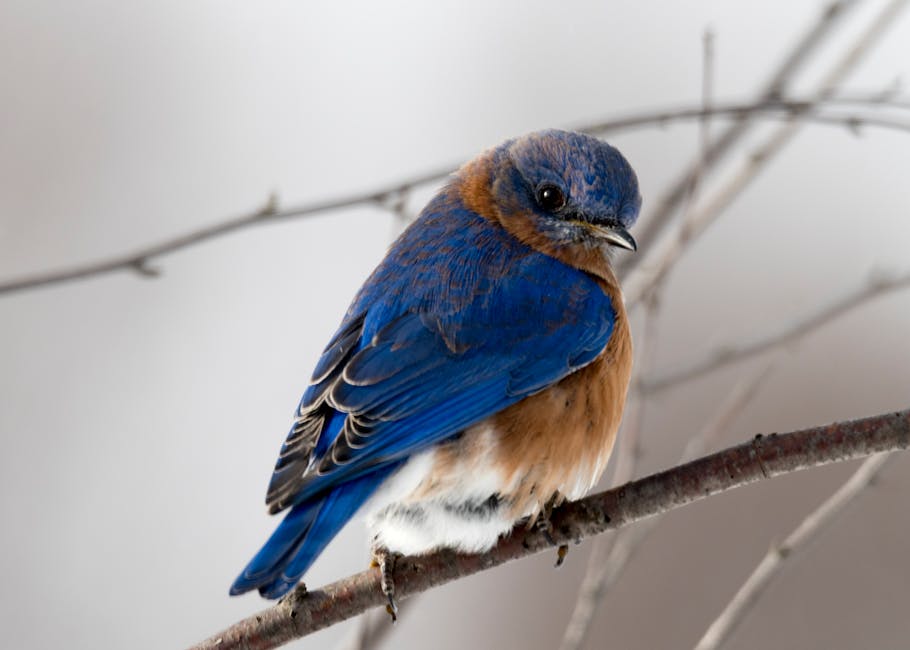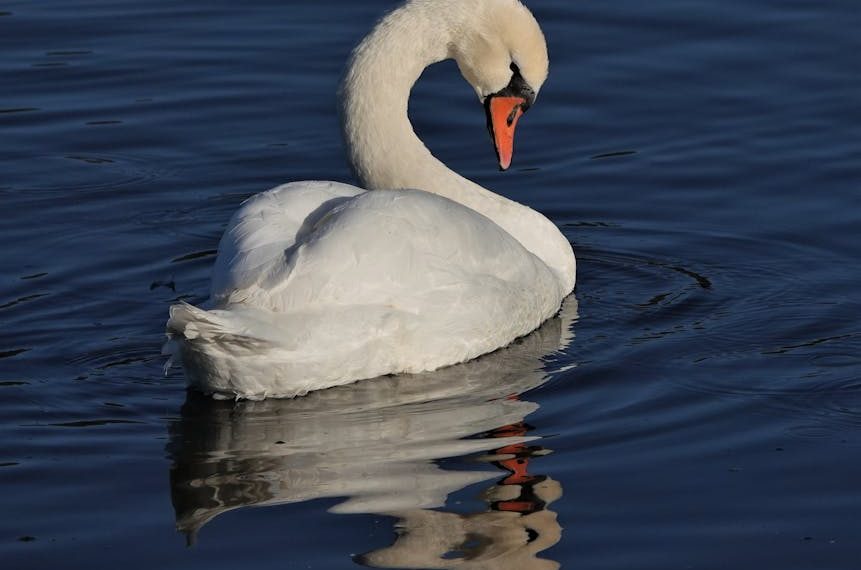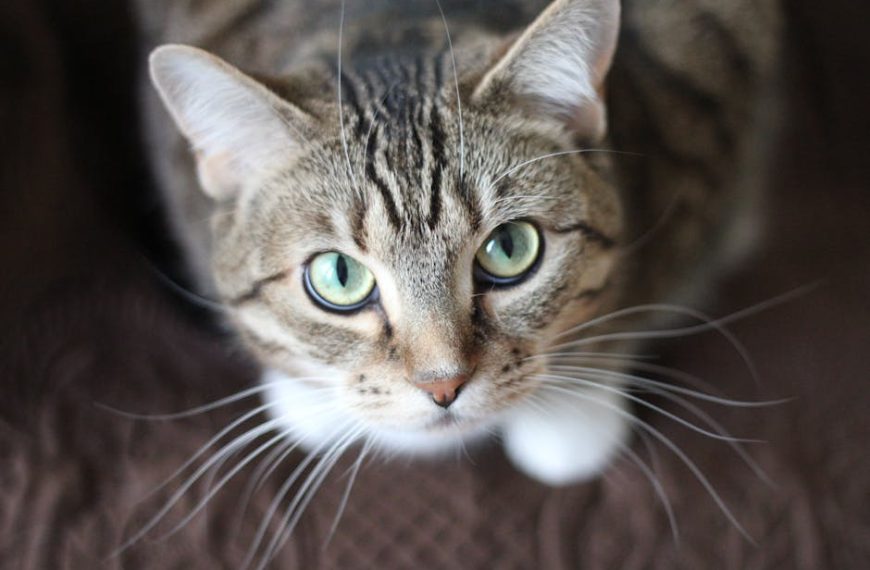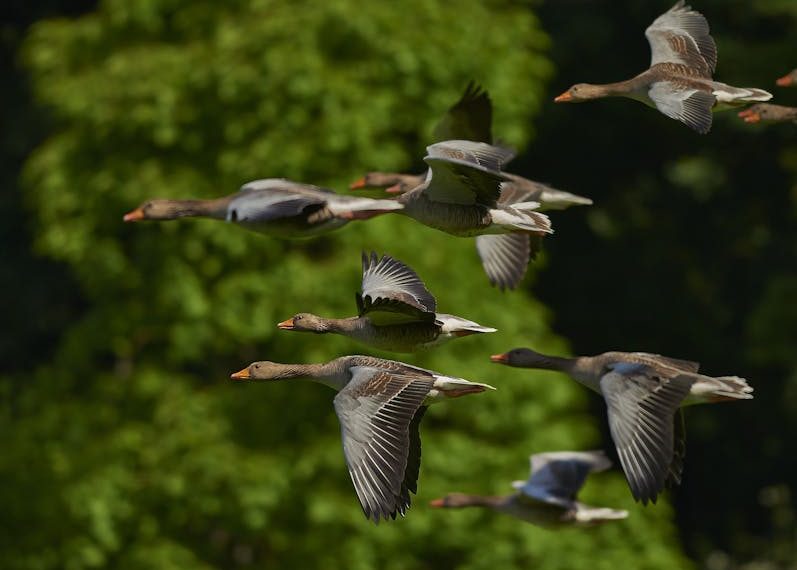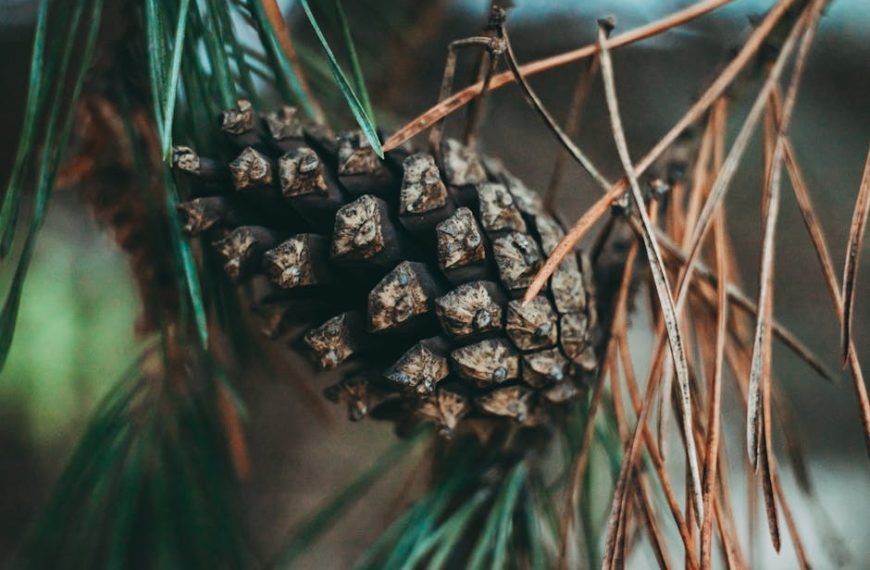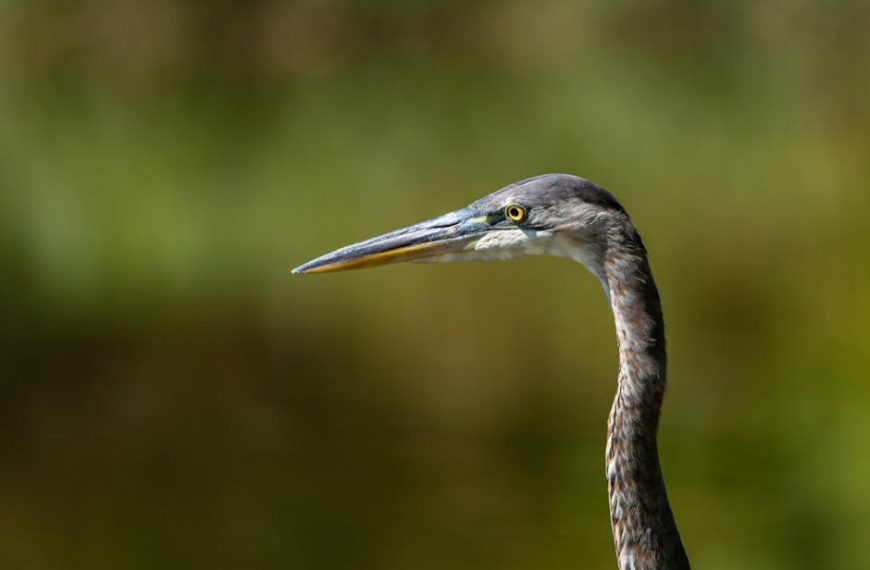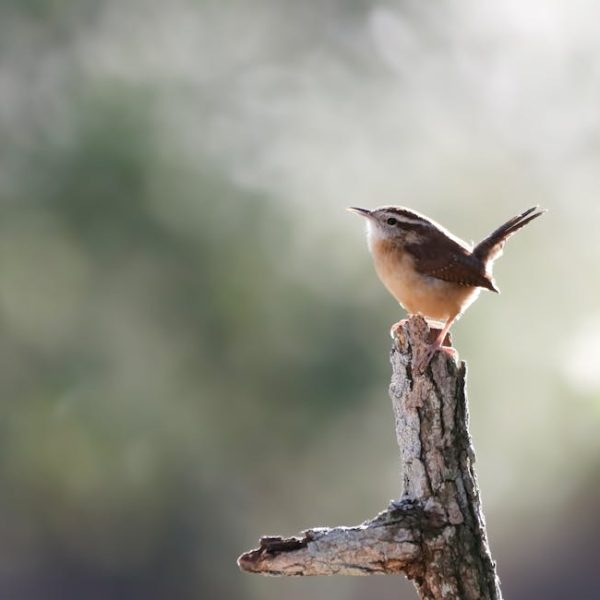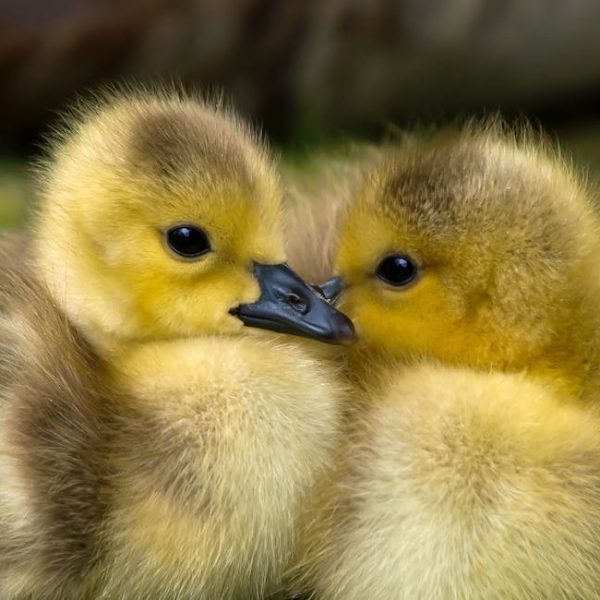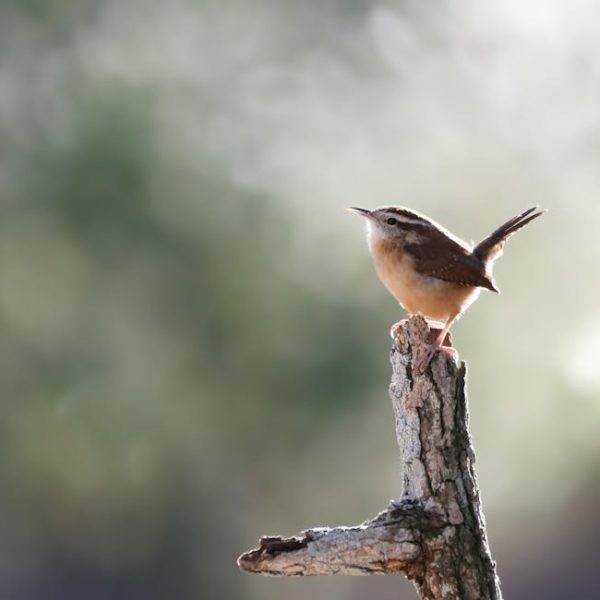Imagine waking up one morning to find the strawberries you’ve painstakingly planted and nurtured, eaten or damaged by birds. This is indeed a heart-wrenching sight for gardeners who have invested time and effort into their gardens. However, with a few tips and preventive measures, you can keep birds away and protect your strawberry plants effectively.
Understanding the Threat Posed by Birds and Their Attraction to Strawberry Plants
Birds serve an essential role in our ecosystem by helping with pollination and participating in pest control. But when it comes to strawberry plants, their roles are reversed. Birds are lured by the colors, delicious scent, and sweet taste of ripe strawberries. They peck on the fruits causing irreparable damage which not only reduces the aesthetic quality of the produce but also negatively impacts its growth and productivity.
Some birds that are known to cause a significant amount of damage to strawberry plants include sparrows, blackbirds, and robins, amongst others. Understanding what draws birds to your plants can be key to implementing strategies to deter them effectively.
Employing Physical Barriers to Protect Strawberry Plants
One of the best ways to protect your strawberry plants from birds is by setting up physical barriers. Bird nets, plant cages, and decoys act as effective deterrents, but it’s essential to install them correctly to ensure they don’t harm the birds or inhibit the growth of your plants.
When installing a bird net, ensure it covers the entire plant and is adequately secured to prevent birds from reaching the berries. Plant cages, on the other hand, can be erected around individual plants or entire garden beds. Decoys, resembling predatory birds, can also dissuade other birds from approaching your plants.
Using Deterrents and Scare Techniques to Repel Birds
Other deterrents include scare tactics designed to tap into a bird’s instinctive fear response. Methods like noise deterrents, reflective tapes, scarecrows, or ultrasonic devices can work wonders in repelling birds.
Bird’s vision is attracted to shiny and reflective objects. Tying reflective tapes or discs around your garden can be a visually disruptive deterrent. Scarecrows, especially those that move, can also be a good old-fashioned method to frighten birds. To maximize their effectiveness, regularly change their positions to create unpredictability which prevents birds from becoming comfortable with their presence.
Applying Safe and Natural Repellents
If you wish to keep birds away without using any harsh substances that may impact the health of the strawberry plants, then eco-friendly alternatives exist. Planting other specific plants that birds find repulsive, or using pepper sprays, garlic oil, and other natural substances have proven to act as effective, bird-safe deterrents. This method blends into your garden naturally and also adds a diverse range of greenery.
Maintaining and Monitoring the Strawberry Plant Area for Continued Protection
Lastly, maintaining your strawberry plants should become part of your regular gardening schedule. This includes regular inspection of your plants to ensure that all repelling measures are working effectively. It’s critical to check any physical barriers for damage or gaps which might let birds in. The more proactive you are with your prevention methods, the more success you will have in repelling unwelcome avian visitors.
Understanding the Threat Posed by Birds and Their Attraction to Strawberry Plants
Birds, while crucial contributors to a functional ecosystem with their roles in pollination and pest control, can become an unexpected threat when they’re attracted to your strawberry plants. The radiant, contrasting color of ripe strawberries, along with their sweet smell, makes them an appealing target for different bird species.
They peck at these red gems leaving them inedible and adversely affecting the plant’s production. Birds can cause significant losses for gardeners, reducing not just the quantity but the quality of the produce as well.
Now let’s get to know the culprits. These are typically small to medium-sized birds such as:
- Sparrows
- Blackbirds
- Robins
- Starlings
- Mockingbirds
By understanding the birds that frequent your garden, you can devise effective strategies to keep them away from your strawberry plants.
Employing Physical Barriers to Protect Strawberry Plants
One of the most effective methods to protect your strawberry plants is the use of physical barriers. Bird nets, cages, and even decoys can provide a tangible obstacle for the birds. However, the proper installation and usage of these barriers are essential to avoid harming the birds or obstructing the plants’ growth.
Here are a few tips for using these barriers:
- Make sure the bird net covers the entire strawberry plant area and is secured well.
- Install plant cages around individual plants or the entire garden bed.
- Using decoys in the form of predatory birds like hawks or owls can deter smaller birds.
A comparative look at the effectiveness and cost of various physical barriers:
| Physical Barriers | Effectiveness | Cost |
|---|---|---|
| Bird net | High | Low |
| Plant Cage | Medium | High |
| Decoy | Lower (on small birds only) | Low-Medium |
Using Deterrents and Scare Techniques to Repel Birds
Noise deterrents, ultrasonic devices, reflective tapes, and scarecrows can serve as competent options in repelling the birds. These elements create an environment that feels unsafe for the birds, keeping them away from your beloved strawberry plants.
For optimal effect, position these deterrents:
- At varying heights: Birds fly at different levels, make sure to cover all zones.
- Near the plants: The closer the deterrents are to the strawberry plants, the more effective they are.
- Irregularly: Changing the position of your deterrents often make them more effective as it confuses the birds.
Applying Safe and Natural Repellents
If you don’t want to have a physical barrier or noise around your garden, you can opt for a more eco-friendly approach. There are several bird-safe substances that can effectively repel birds. Here are a few:
- Repelling plants: Birds dislike certain plants like elderberry, lavender, and peppermint. Incorporate these into your garden to deter them.
- Natural sprays: Garlic oil and pepper sprays are known to keep birds at bay.
- Bird seeds: Strangely enough, birds can be distracted with other seeds, allowing your strawberries to grow undisturbed!
Comparing natural repellents with synthetic options:
| Repellent Type | Safety for Plants | Effectiveness | Overall Cost |
|---|---|---|---|
| Natural Repellents | Safe | Medium | Low-Medium |
| Chemical/Synthetic Repellents | Possibly Harmful | High | High |
Maintaining and Monitoring the Strawberry Plant Area for Continued Protection
The set it and forget it approach won’t work when it comes to keeping birds away from your strawberries. Regular maintenance and monitoring are crucial to ensure your deterrent measures are working effectively.
Follow these steps for effective monitoring:
- Check the effect of your chosen deterrent regularly for any signs of failure.
- Maintain your physical barriers. Check for any signs of damage or gaps that birds can exploit.
- Investigate regularly. Any sudden increase in bird activity could be a sign something is not working and needs changing or repairing.
Remember, preventing birds from harming your strawberries is an ongoing process. Stay vigilant, and enjoy your juicy, homegrown strawberries!
Key Takeaway:
- Birds are attracted to strawberries due to their color, aroma, and sweetness, but their pecking can cause severe damage to the growth and productivity of the plants.
- Physical barriers like bird nets, cages, and decoys are effective in keeping bird away from strawberry plants if installed correctly.
- Noise deterrents, ultrasonic devices, reflective tapes, and scarecrows can create an unfriendly environment for birds, helping to deter them.
- Plant-safe, natural alternatives like repellent plants, pepper sprays, garlic oil can be used to repel birds without affecting the strawberry plants.
- Regular maintenance and monitoring are crucial in keeping strawberries protected from birds.
Keeping your strawberry plants safe from birds might seem challenging, but with these practical tips, you can successfully protect your plants. Prevention is an ongoing process, so stay mindful and make necessary adjustments based on your experiences. Your healthy, bird-free strawberries will be a testament to your dedicated efforts.
FAQs
Q: Are there any specific types of birds that are more attracted to strawberries?
A: While different species may visit, small to medium-sized birds like sparrows, blackbirds, and robins often cause significant damage to strawberry plants.
Q: Apart from using bird nets, are there any other physical barriers I can use to protect my strawberries?
A: Yes, you can use plant cages and decoys resembling predatory birds to provide real barriers for less welcome birds.
Q: Am I harming the birds by using deterrents and scare tactics?
A: Absolutely not. These methods are recommended as they only create an unfriendly environment for the birds without causing any physical harm to them.
Q: Can natural repellents offer the same effectiveness as chemical ones?
A: While natural options might not be as potent as chemical ones, they are much safer for your plants and the environment.
Q: How often should I check my barriers and deterrents?
A: It varies, but regular examination, possibly every couple of days, is recommended. This helps in ensuring the measures taken are effective and birds haven’t found a way to bypass them.
Please share this article with your fellow gardeners and explore more posts on our website if you found this useful!
